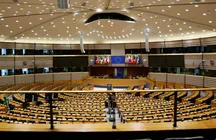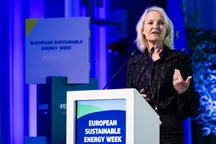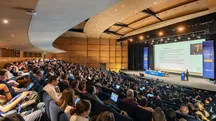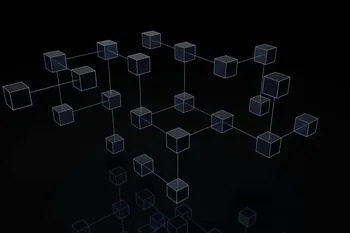Expected Outcome:
The main outcome of the work is a comprehensive Front End module design which:
- Covers the FR3 range as defined by the relevant Agenda Item of WRC 27 (7 to 15 GHz range) with possible extension up to 24 GHz if required by some regional implementations.
- Covers promising use cases with possibility to support both cellular (FR1 like) and FWA (FR2 like) scenarios.
- Makes possible progress towards ITU IMT 2030 specifications, notably for what concerns maximum data rate, user data rate, spectral efficiency, whilst targeting 50% mobile transmission system energy consumption.
- Is based on technologies, architectures and implementations feasibility leading to European product developments and mass markets.
- Enables integration of heterogeneous classes of technologies, namely i) computing (e.g. CMOS, FDSOI); ii) RF (e.g. RF CMOS, RF SOI, FD-SOI, GaN-on-SiC, GaN-on-Si, InP, InP on Si, SiGeBiCMOS, SiGebipolar); iii) power generation technologies (e.g. GaN-on-SiC, GaN-on-Si, BCD, LDMOS).
- Leverages European strongholds in the above domains and is compatible with downstream Transfer to Chip JU Pilot lines.
- Addresses packaging.
- Covers frequency sharing and co-existence with incumbent services, notably satellites at FR3 range.
- Enables integration of secure sensing technologies and ISAC use-cases.
Please refer to the "Specific Challenges and Objectives" section for Stream B-05 in the Work Programme, available under 'Topic Conditions and
...






